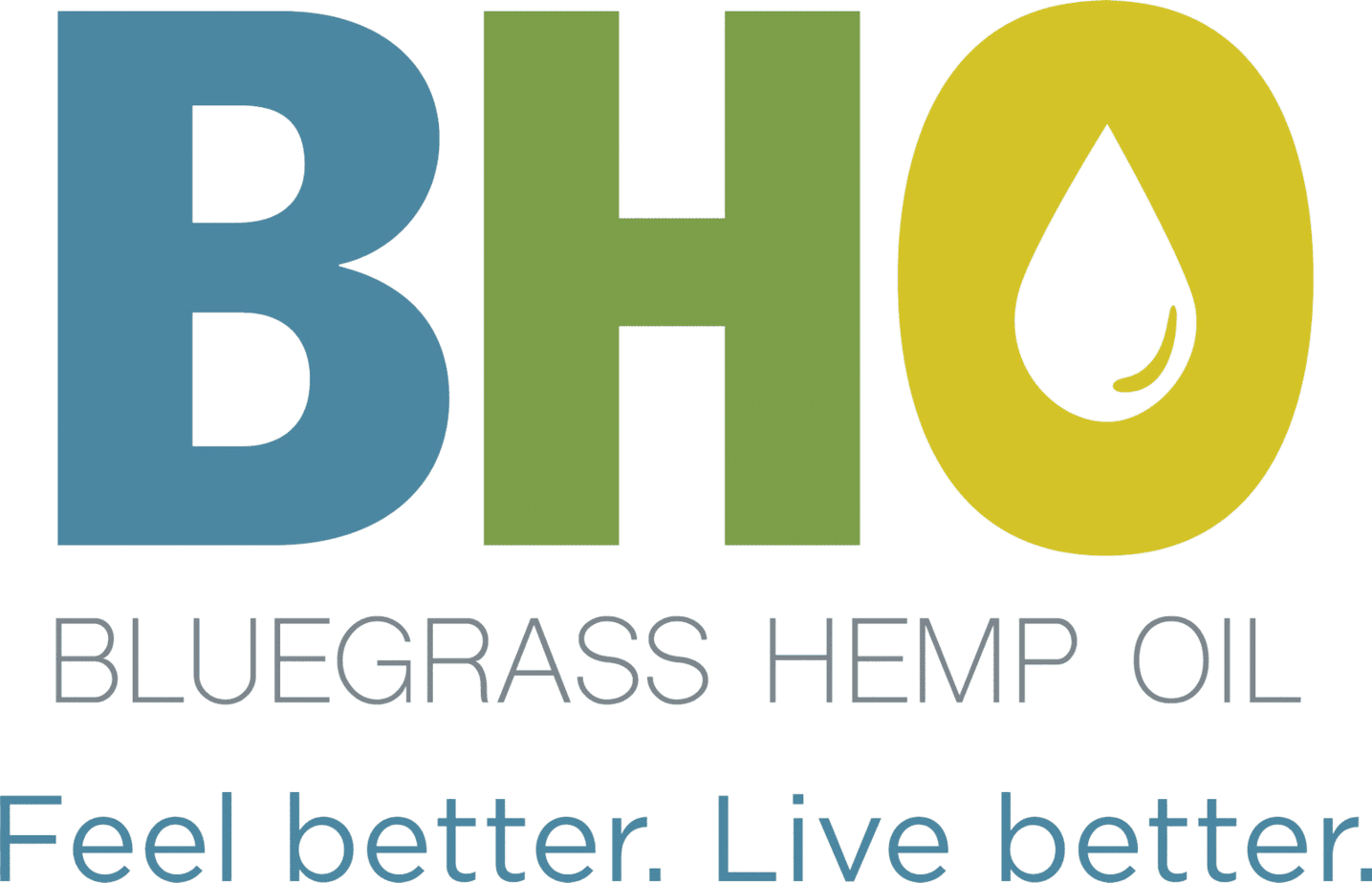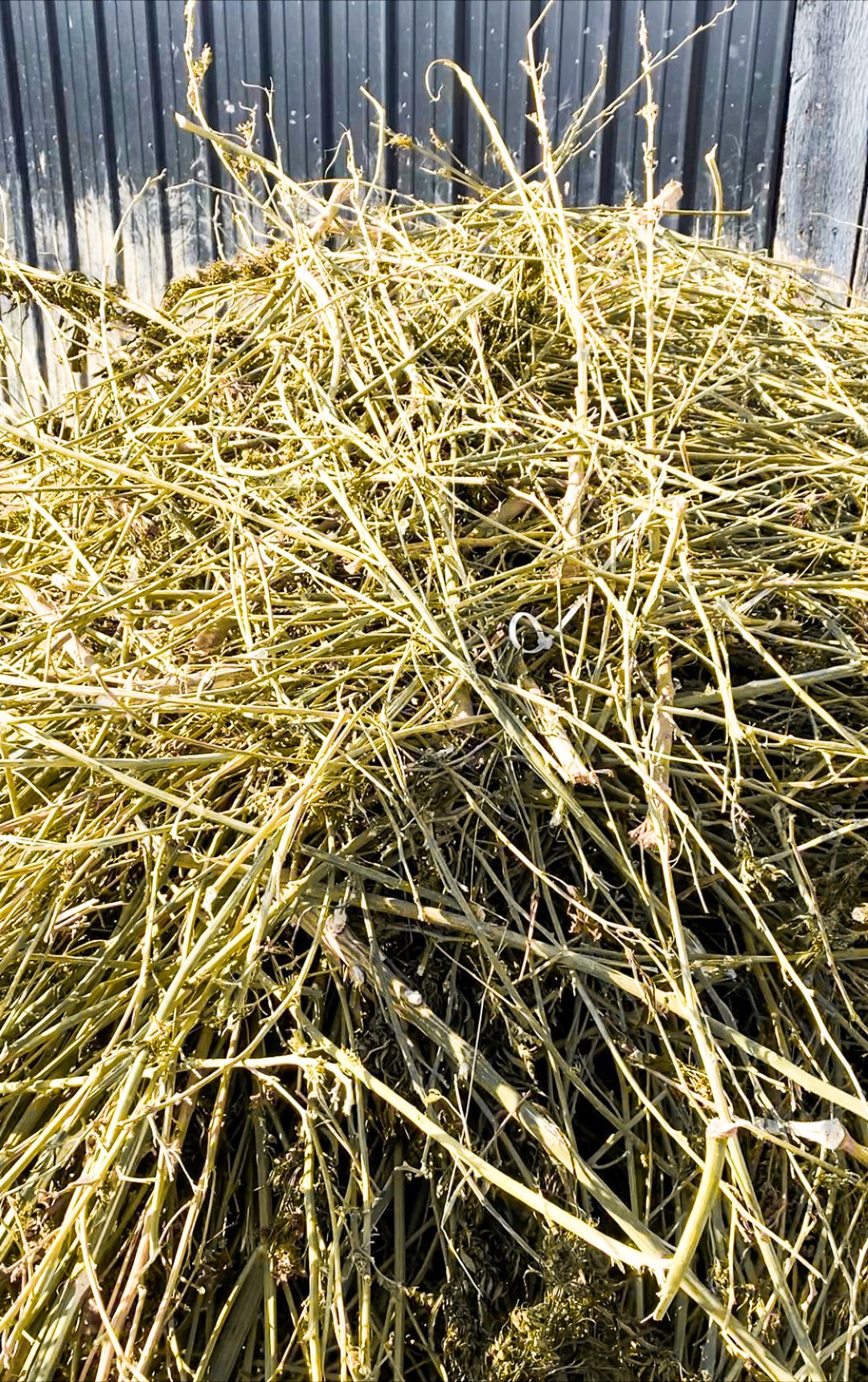Understanding CBD: Full Spectrum vs. Whole Plant Extraction
CBD, or Cannabidiol, has become a popular wellness supplement, but misconceptions abound. It’s crucial to differentiate between the terms often used in the CBD industry. In this article, we aim to clear up the confusion surrounding Whole plant hemp and Full-Spectrum CBD products.
Whole Plant vs. Full Spectrum: What’s the Difference?
- Whole Plant Extraction means the CBD is derived from the entire plant, including stalk, stem, seed, fan leaves, and more. When you see “aerial parts” in the ingredients, it typically refers to whole plant extraction.
Example: Types of CBD
- Full Spectrum refers to the extraction method that doesn’t remove or isolate any of the natural cannabinoids, flavonoids, or terpenes. If even one compound is absent, it’s not genuinely full spectrum.
Example: Full Spectrum vs. CBD Isolates
The Importance of the Entourage Effect
When various compounds in the hemp plant are combined, they don’t simply add up. They amplify each other, leading to more potent benefits, known as the “Entourage Effect.”
Bullet Points:
- The Entourage Effect emphasizes the power of teamwork among compounds.
- It’s not just about the sum of parts, but their combined and multiplied effects.
- The different compounds enhance each other’s benefits.
Example: To Inspire Community and Hope
Why the Source and Production of CBD Matter
Hemp, the plant from which CBD is extracted, is an outstanding phytoremediator. This means it has the capability to absorb heavy metals and toxins from the soil.
Bullet Points:
- Hemp has been utilized to cleanse soils in countries like Italy and Ukraine from pollutants.
Examples: Cannabis Plant Soil Decontamination and Hemp Eats Chernobyl Waste
- It’s vital to know where and how your CBD products are produced due to the U.S. hemp industry’s limited regulations.
- Only the fibrous parts of the hemp plant (stalk, stem) can be labeled as USDA organic.
Example: Nutrition and CBD Part 1
Choosing the Right CBD Product
For maximum benefit, CBD should predominantly come from the resin-rich trichomes of the plant, where most cannabinoids are found, rather than the fibrous parts used for industrial products.
Bullet Points:
- Aim for full spectrum CBD to ensure a comprehensive range of cannabinoids.
- Be wary of products made from the entire plant, as they might contain contaminants.
- The fibrous parts of the plant hold minimal cannabinoid content.
Example: Help CBD Help You
FAQs
- What does “Whole Plant” mean in CBD products?
“Whole Plant” refers to CBD products derived from the entire cannabis plant, including stalks, stems, seeds, and leaves.
- Is “Full Spectrum” the same as “Whole Plant”?
No, “Full Spectrum” ensures no cannabinoid, flavonoid, or terpene is removed or isolated, while “Whole Plant” uses the entire plant for extraction.
- Why is the source of CBD important?
Hemp, the source of CBD, can absorb toxins from the soil. Therefore, the purity of the final product can be affected if proper care isn’t taken during cultivation.
We encourage you to reach out with further queries. Knowledge is power, and we’re here to help you make informed decisions about CBD. If you have any questions about our products we would love to hear from you! We are available all week and always aim to empower our consumers to make healthy, educated buying decisions.
Your content goes here. Edit or remove this text inline or in the module Content settings. You can also style every aspect of this content in the module Design settings and even apply custom CSS to this text in the module Advanced settings.

